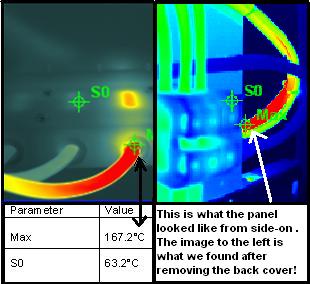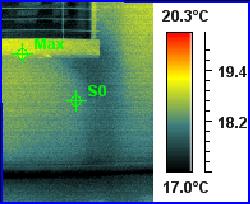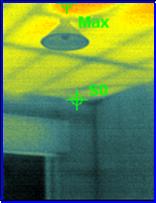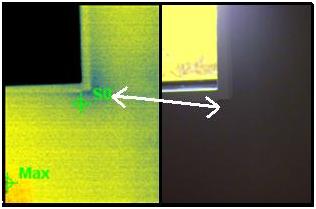How often should you paint a plaster cladding home? The answer to this question can vary… but here are a couple of things to think about prior to opening the paint tin.
Why are you considering getting your plaster home painted in the first place?
The most likely answer is because you are seeing cracks, or hairline cracks appearing under windows, around windows or vertically down the external walls. Before you jump ahead and get the place painted, you should seriously consider finding out if signs of water ingress have occurred. Water ingress basically means water soaks in through the cracks and penetrates through onto the timber framework. If the timber is untreated, then there is serious potential for fungal growth and rot to set in. This is what happens with a leaky building in many cases.
Should you just turn a blind eye and cover up the cracks with a thick paint?
Some people will trick themselves into thinking that a coat of paint will sort out any potential leaking problems. Well… yes and no. Yes, it will stop more water getting in, but it won’t stop the result of previous leaks. Will you be able to sleep peacefully at night taking the ‘cover up’ approach? Would you feel comfortable on-selling the home?
One important thing to keep in mind, is that the vast majority of plaster clad houses don’t have a cavity, therefore once moisture is in the wall there is no air circulation to dry it out (trapped cavity). Secondly, once any insulation gets moist, then its R Value is reduced dramatically.
If you’re buying a home, and it’s just had a ‘fresh coat of paint’, then don’t get too excited about “how well the vendors look after the home”, rather, look at it as a red flag! The moment you smell fresh paint in a home built in the 90’s – 2004, then consider getting a thermal imaging home inspection.
What companies specialise in filling and fixing cracks in plaster cladding?
One common question we get when doing an inspection where cracking has occurred in the plaster system, is “who fixes these types of cracks?”. There are some builders/handymen around who will just slap some silicone in the cracks and run for the hills, and there are companies who specialise in dealing with minor plaster cladding issues (not leaky home re-clads) who will do such a great job you would hardly know a repair has been made… and some companies who repair and fix cracks in plaster cladding will even give you a warranty! Make sure you ring around and get free quotes.
Back to the original question: Every 5-7 years is about the average span of time between painting. Just keep an eye on the cladding every few months, and if hairline cracks start appearing only 2 years after the last paint job, then it may be due for another coat (and don’t use the same painter as last time!)
What type of paint should you use to paint plaster cladding?
There is a small range of paints that have been designed with plaster homes and potential leaky buildings in mind. These paints are nice and thick when applied, they also have waterproofing membrane properties too them, and also have flex in them which can help reduce hairline cracks appearing if movement, or expansion and contraction is occurring within the building envelope.
Fix leaks and leak damage first, then paint last.
Not sure if your home has leaks? We can quote you over the phone right now on what it will cost for a building moisture inspection (includes thermal imaging) based on the size of your home… it probably costs less then you think. Is it really a ‘cost’ or an ‘investment’? It’s an investment.










